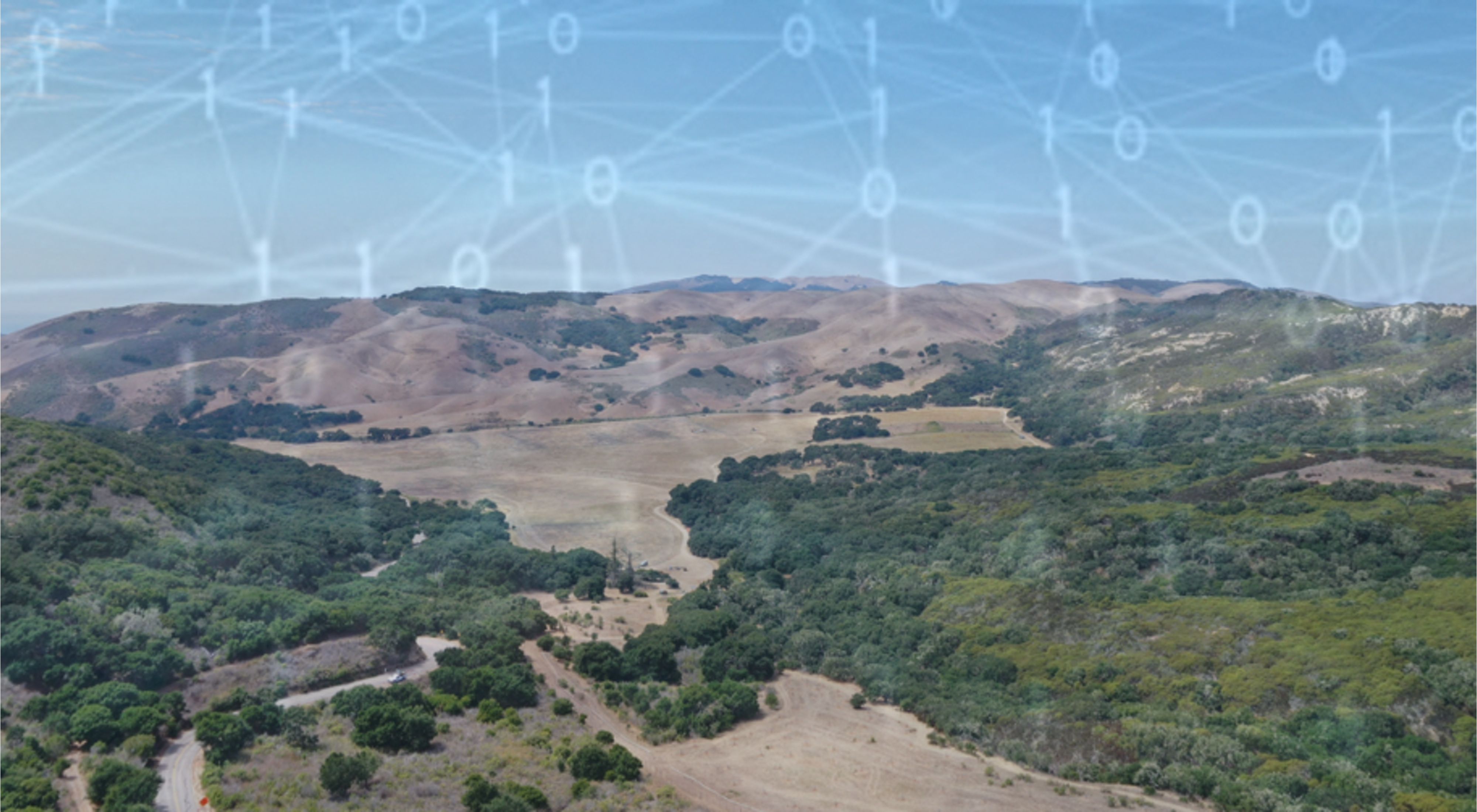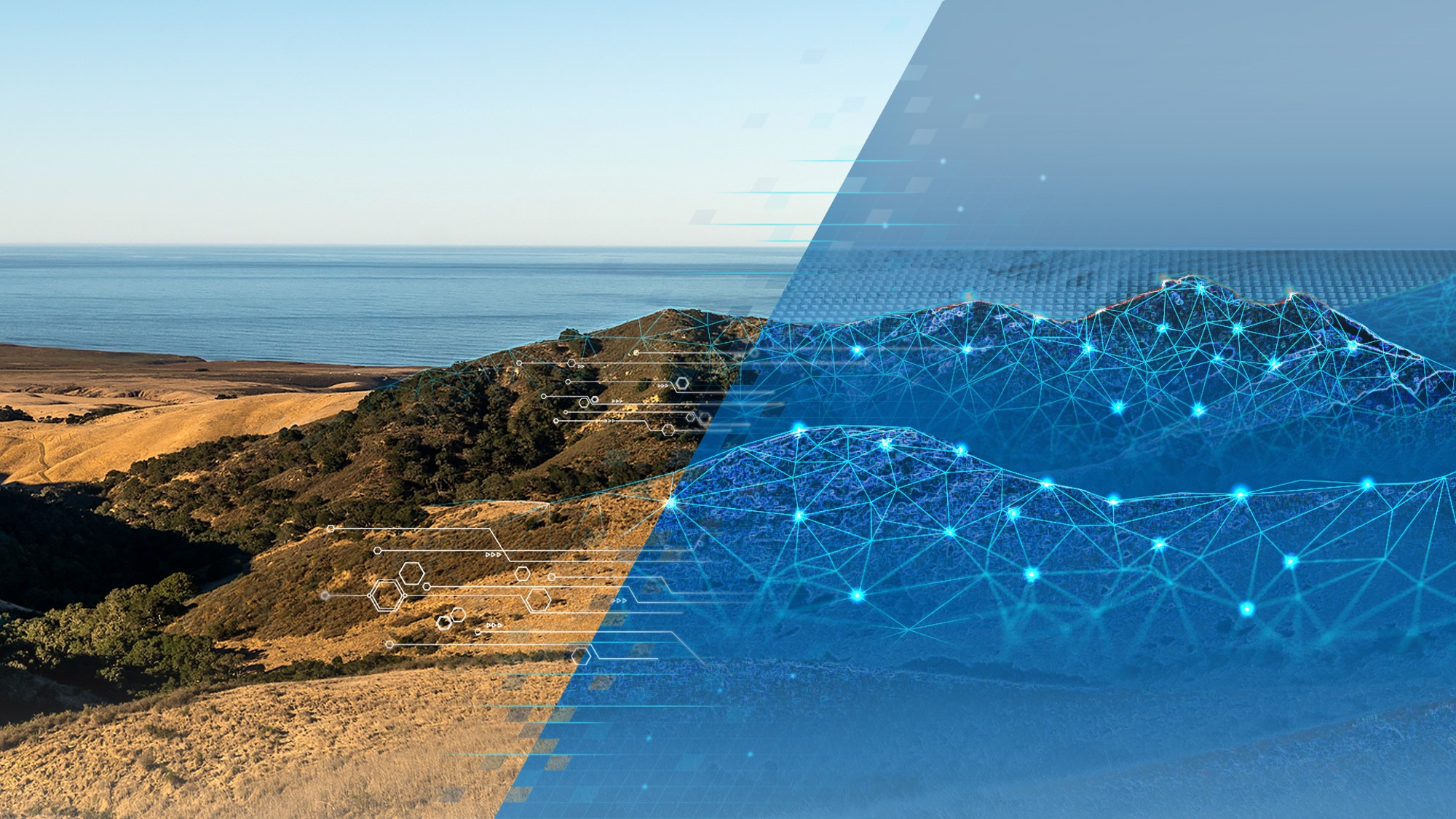Advance Applied Research and Conservation Technology
At the Dangermond Preserve we aim to bring cutting-edge technology to the world of conservation and enable state-of-the-art capabilities with advanced tools and breakthrough solutions. To do this we continue to build the Dangermond Preserve digital twin—an open data repository and cyber-infrastructure—to advance access to data streams and analytics emerging from the Preserve and its research partners.
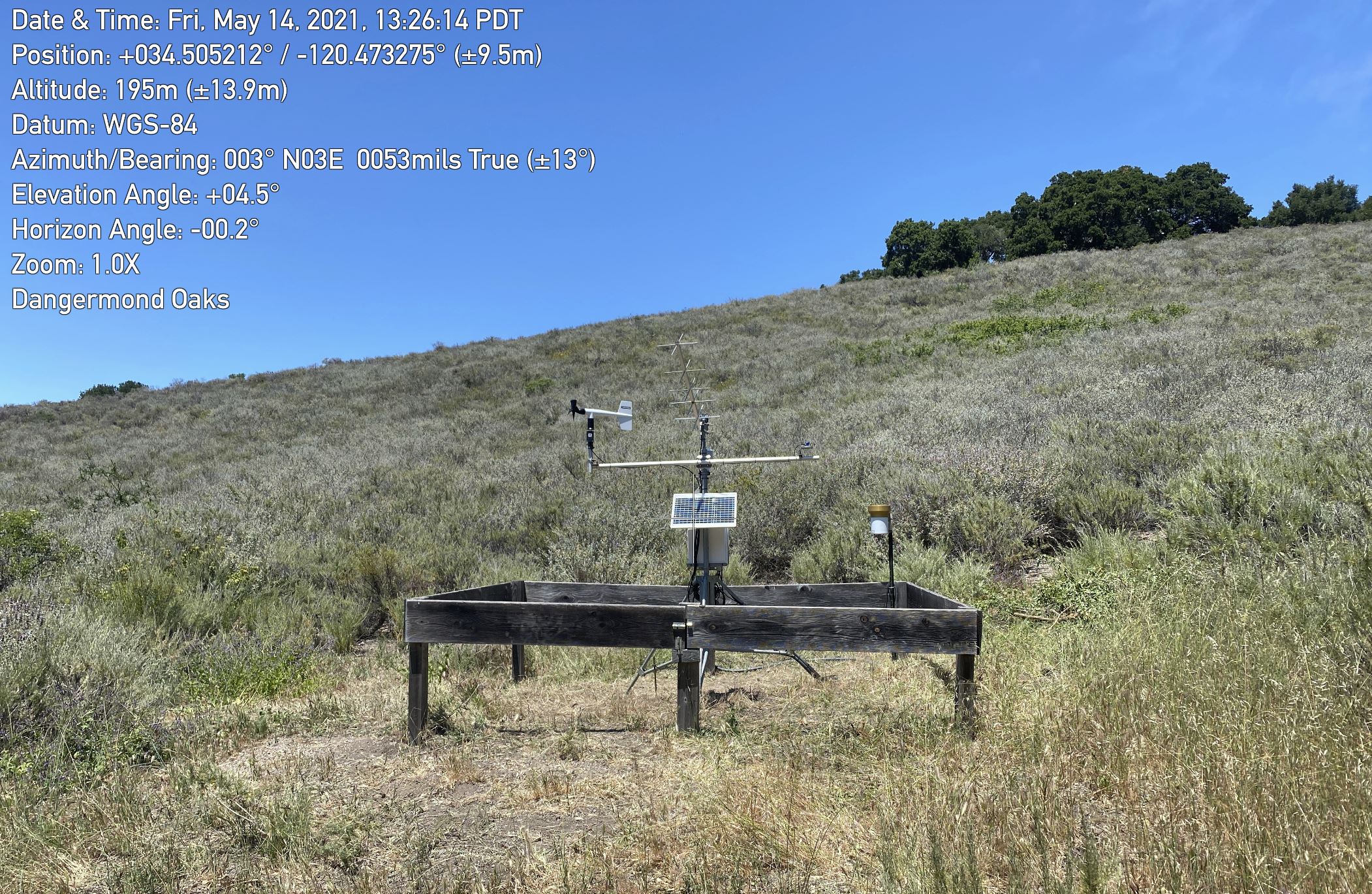
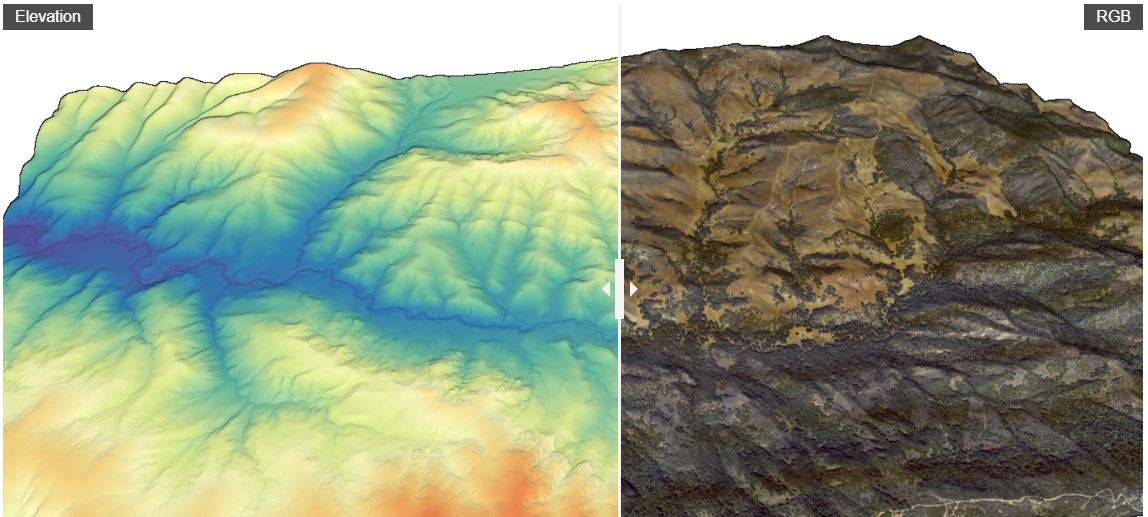
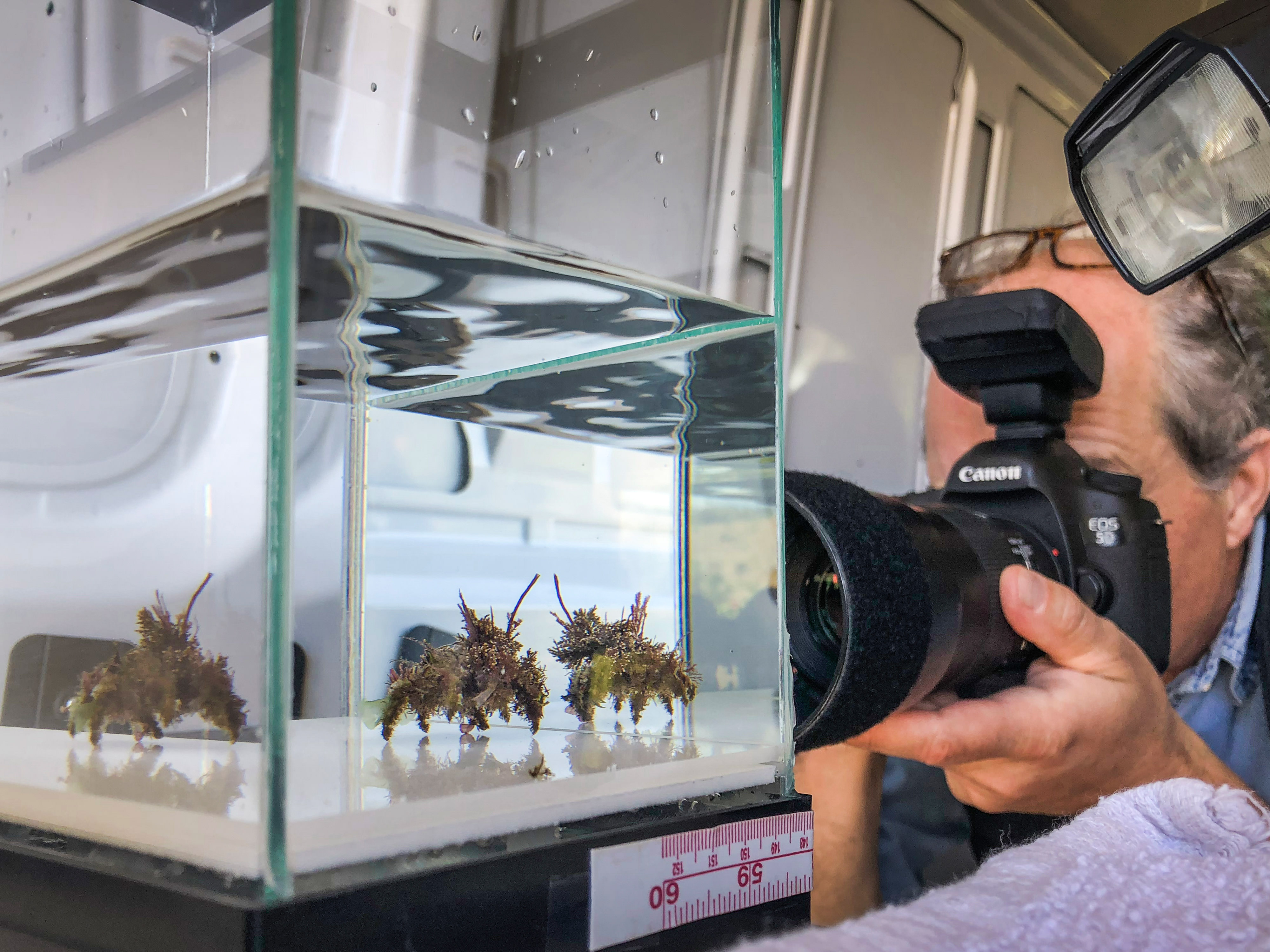


Feature
Research Publications
Click the button below to find a list of publications related to research and reports from the Dangermond Preserve and the Point Conception Institute.
Data Policies, Acknowledgments, and Citations
Please cite and/or acknowledge the Dangermond Preserve in your work using this citation and DOI. This helps us to track all resulting publications.
The Nature Conservancy (2017): Jack and Laura Dangermond Preserve. The Nature Conservancy. Physical Object. https://doi.org/10.25497/D7159W
Sensitive Information
TNC and the Dangermond Preserve are in general supportive of open access to data and public data sharing to support scientific inquiry, transparency, and public engagement in conservation.
Exceptions to this include categories of data and specific locational information the sharing of which could present a risk to natural and cultural resources, property trespass, vandalism, and other threats to Preserve infrastructure.
Cultural information: Information on cultural and archeological sites is securely managed by the Central Coast Information Center (CICC) and is not publicly available. Any artifacts found onsite should not be disturbed and are protected by federal and state laws.
Sensitive species: Special status species information is managed through California Natural Diversity Database (CNDDB). Research and survey work will likely reveal new and more granular locational information on sensitive species and new information will be evaluated for potential risks, described above, before being shared publicly.
Several categories of species present particular risks from trespass, poaching, and vandalism. These include nesting locations of predatory birds, mushrooms, and Dudleya. We recommend that any locational information on predatory birds, mushrooms, and Dudleya not be shared publicly including through social media and community science applications like iNaturalist.
Incorporating Feedback
We are constantly soliciting informal feedback from collaborators and users on our data products. If you have a question or identify an issue with one of the datasets, please contact us.
